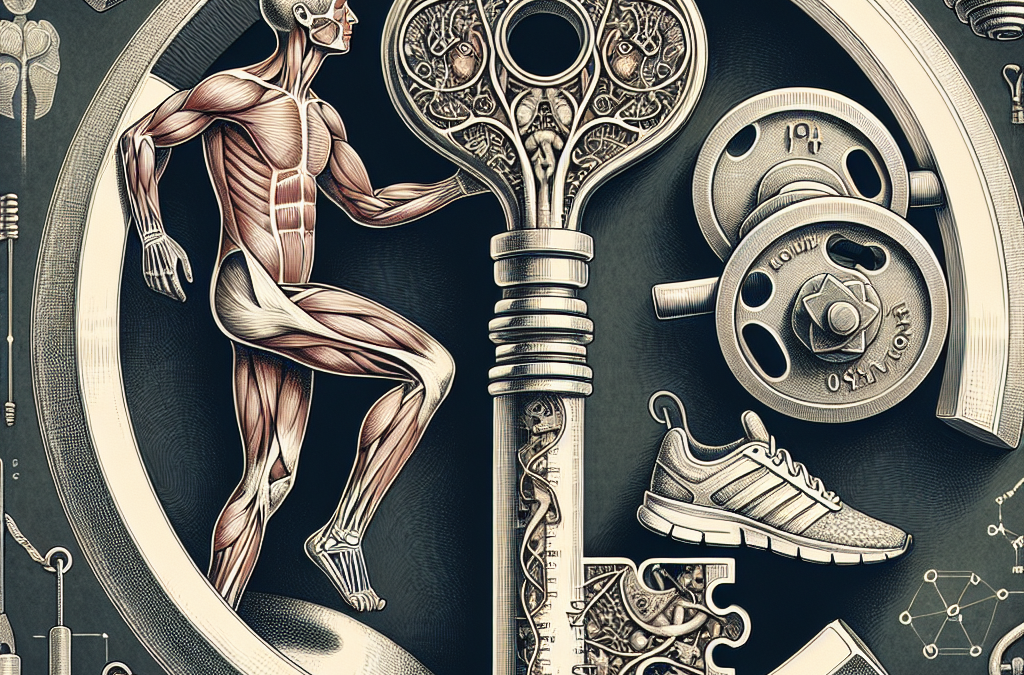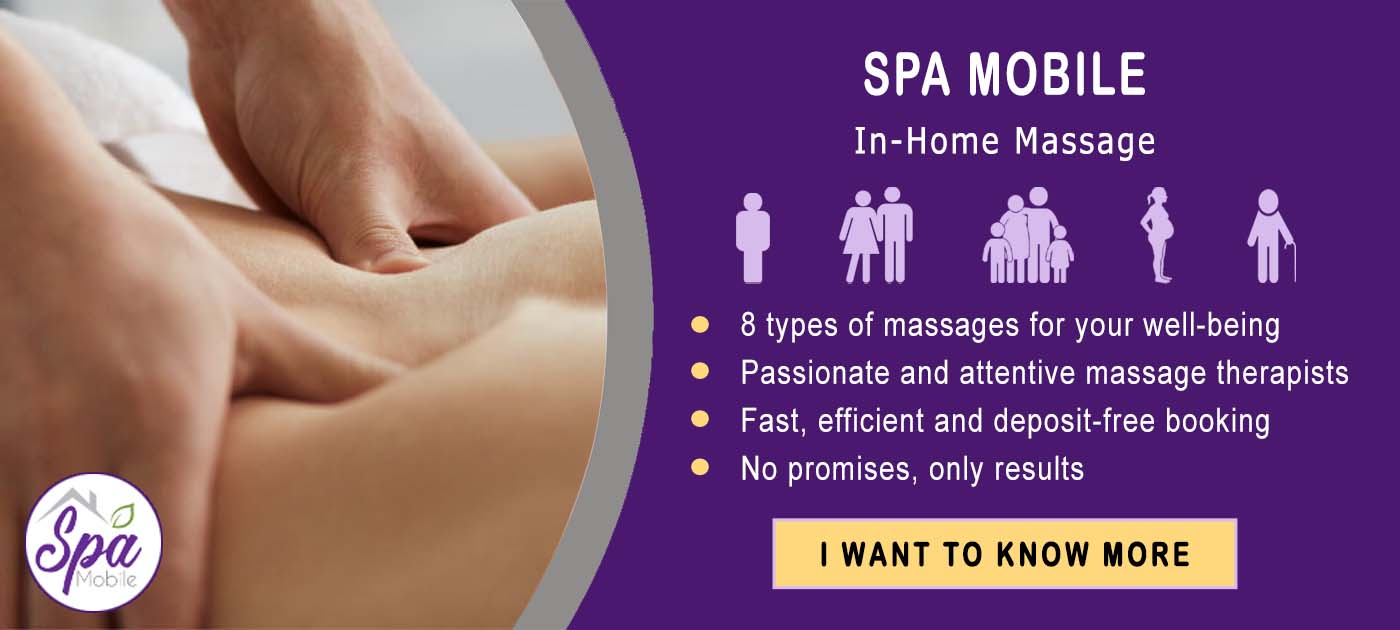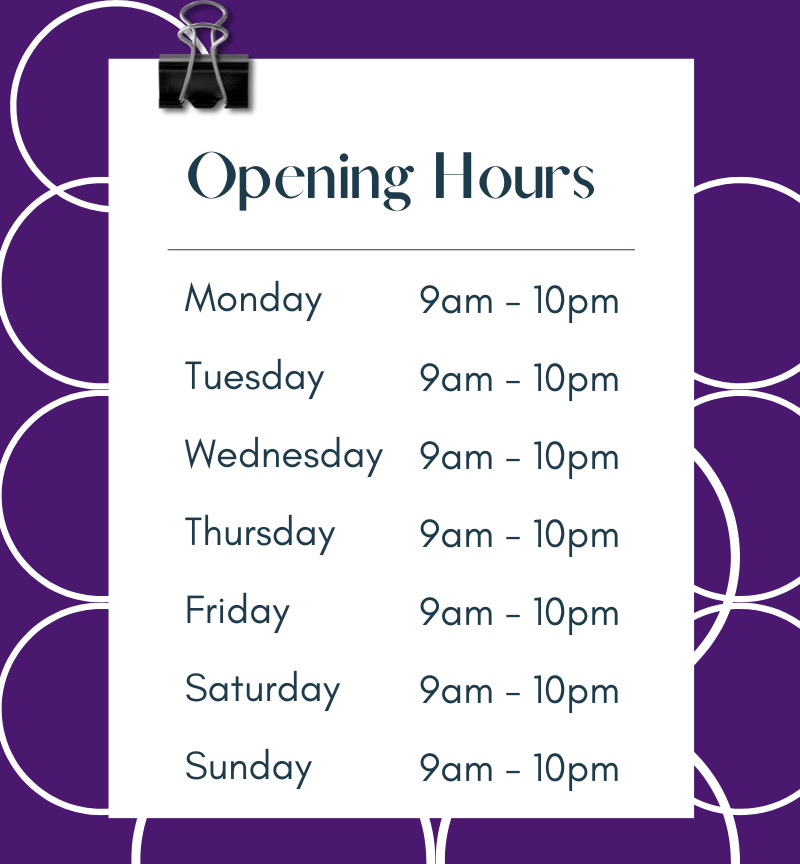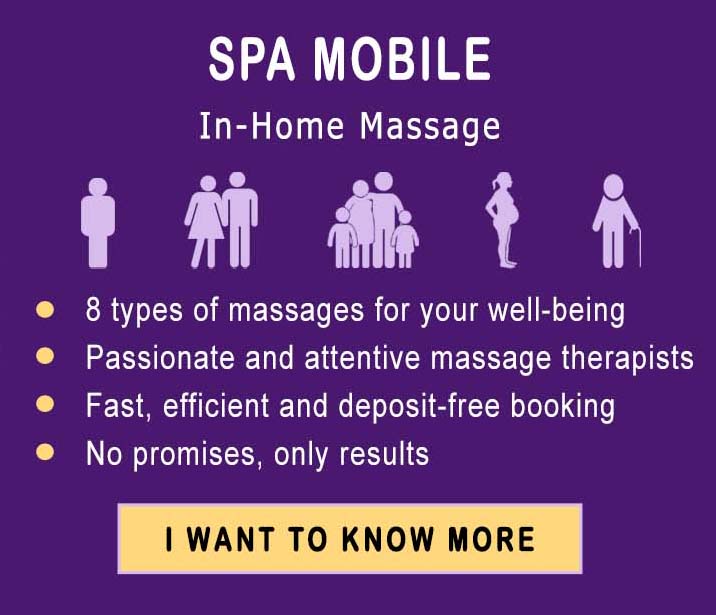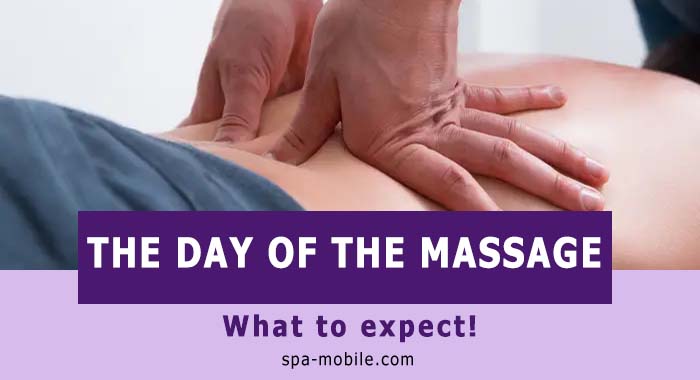[ad_1]
Having good mobility is essential for overall health and well-being. It allows us to move freely and efficiently, easily perform daily activities, and prevent injuries. However, many people struggle with limited mobility due to various reasons such as aging, a sedentary lifestyle, injury, or poor posture. The good news is that with the right knowledge and techniques, you can improve your body’s movement and unlock mobility secrets.
The Importance of Mobility
Mobility refers to the ability to move a body part through a full range of motion. It differs from flexibility, which only focuses on the muscles’ length and ability to stretch. Good mobility requires flexibility, strength, coordination, and neuromuscular control. When we have good mobility, our joints move freely, our muscles work efficiently, and our body can adapt to different movements and activities.
Poor mobility, on the other hand, can lead to muscle imbalances, joint stiffness, limited range of motion, and increased risk of injuries. It can also affect our posture, movement patterns, and overall quality of life. That’s why it is important to improve your mobility and create a solid foundation for movement and physical activities.
How to Improve Your Mobility
There are many ways to improve mobility and unlock movement secrets. Here are some tips and techniques that can help you enhance your body’s mobility:
-
- Stretching: Regular stretching can help improve flexibility and range of motion in your muscles and joints. Make sure to stretch all major muscle groups, including your arms, legs, back, and neck. Hold each stretch for 15-30 seconds and repeat 2-3 times.
- Strength Training: Building muscle strength supports joint stability and improves overall mobility. Focus on compound exercises that target multiple muscle groups, such as squats, deadlifts, push-ups, and rows.
- Mobility Drills: Perform specific exercises targeting your tight areas and improving joint mobility. Incorporate movements like hip circles, shoulder dislocates, and spinal rotations into your daily routine.
- Yoga and Pilates: Practicing yoga or Pilates can improve flexibility, strength, and body awareness. These disciplines focus on fluid movements, breath control, and mindfulness, which can enhance your overall mobility and movement quality.
- Foam Rolling: A foam roller can help release muscle tension and improve blood flow. Roll out tight areas such as your calves, quads, hamstrings, and IT bands to alleviate muscle soreness and improve mobility.
- Proper Posture: Maintaining good posture throughout the day can prevent muscle imbalances, reduce joint stress, and improve movement efficiency. Sit and stand tall, keep your shoulders back, and align your spine, hips, and knees in a neutral position.
- Dynamic Warm-ups: Before engaging in physical activities or workouts, perform dynamic warm-up exercises to prepare your body for movement. Include exercises like leg swings, arm circles, and bodyweight lunges to increase blood flow, mobility, and muscle activation.
- Rest and Recovery: Allow your body to rest and recover after intense workouts or activities. Sleep well, stay hydrated, and incorporate rest days into your weekly routine to prevent overtraining and promote muscle repair and growth.
Conclusion
Improving your body’s mobility is a lifelong journey that requires dedication, consistency, and patience. By incorporating these tips and techniques into your daily routine, you can enhance your mobility, prevent injuries, and move better in your daily life. Everyone’s body is different, so listen to your body, consult with a healthcare professional if needed, and adjust your mobility routine accordingly. Stay active, stay mobile, and unlock the secrets of movement for a healthier and happier life.
FAQs
1. How often should I work on my mobility?
Working on your mobility at least 3-4 times per week is recommended. You can incorporate mobility exercises into your daily routine or dedicate specific days for mobility training.
2. Can I improve my mobility at any age?
You can improve your mobility at any age with the right approach and consistency. It may take longer for older adults to see significant improvements, but it is never too late to start working on your mobility.
3. Should I consult a healthcare professional before starting a mobility routine?
It is best to consult with a healthcare professional before starting a new mobility routine if you have any existing medical conditions, injuries, or concerns about your mobility. They can assess your condition, provide personalized recommendations, and help you prevent any potential risks or injuries.
[ad_2]

